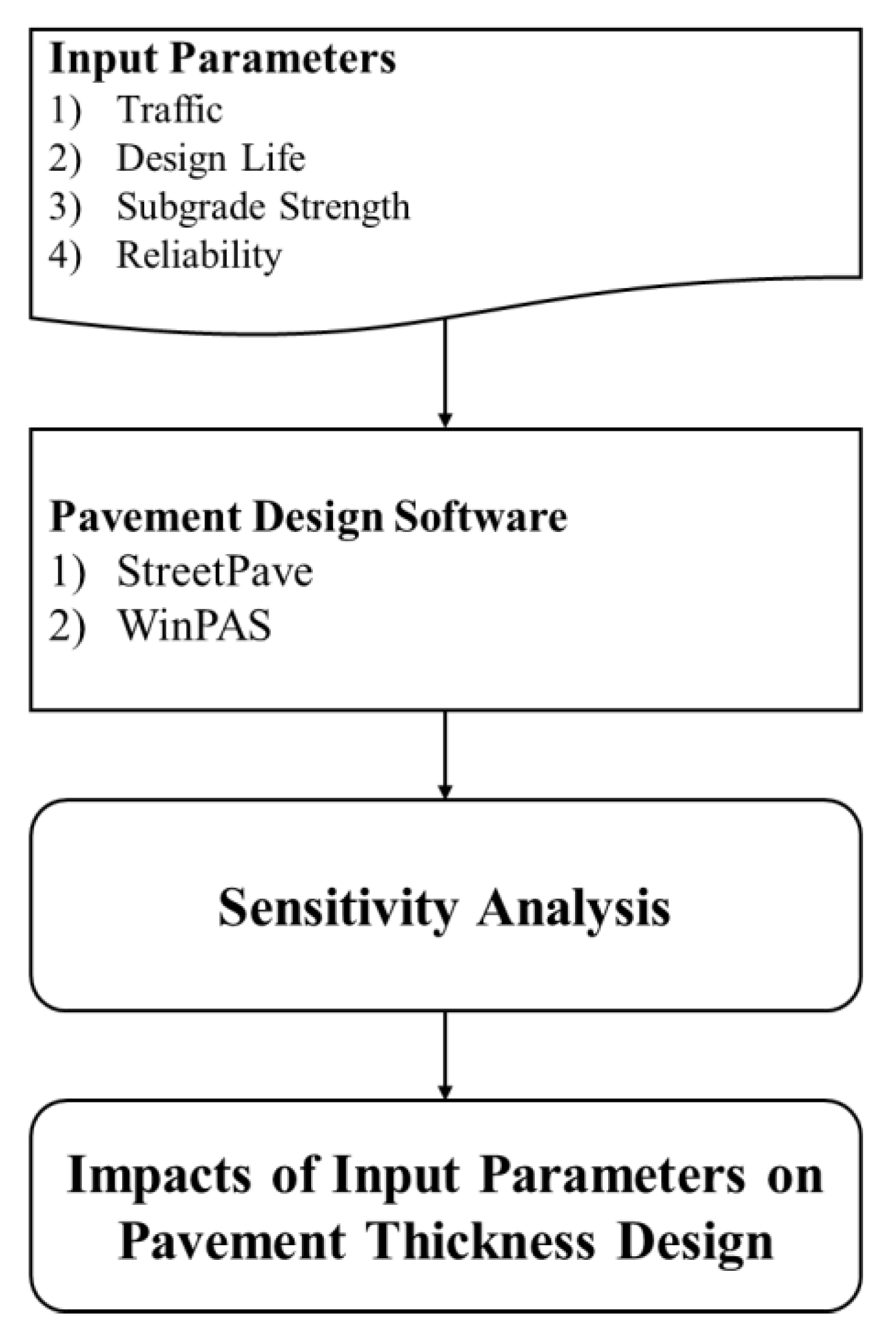

Guideâs design procedure (e.g., limited material types, truckĬonfigurations that are no longer used, one climate zone) thatĬan be overcome using an ME-based design procedure. Nity reasonably well, there are a number of limitations with this Although theĪASHTO 1993 Guide has served the pavement design commu. Transportation agencies (39) utilize the AASHTO Guide for theĭesign of Pavement Structures (AASHTO 1993). highway and Canadian provincial and territorial Since the late 1950s, pavement design hasĮvolved from empirical-based methods, such as that developedĪt AASHO Road Test (HRB 1961), to ME-based procedures,Īs described in the summary of survey results, the major. Traffic loadings, climatic effects, material properties, and exist. Mechanistic-based pavement design procedures incorporateįactors that directly relate to pavement performance, such as Tion provided in existing AASHTO documentation. Summarize the key points, rather than duplicate the informa. Ware Pavement ME Design⢠software, with the intent to

Local Calibration Guide) (AASHTO 2010), and the AASHTO. Mechanistic-Empirical Pavement Design Guide (MEPDG The AASHTO Guide for the Local Calibration of the This chapter briefly describes the MEPDG (AASHTO 2008), Because it is UNCORRECTED material, please consider the following text as a useful but insufficient proxy for the authoritative book pages. Below is the uncorrected machine-read text of this chapter, intended to provide our own search engines and external engines with highly rich, chapter-representative searchable text of each book.


 0 kommentar(er)
0 kommentar(er)
